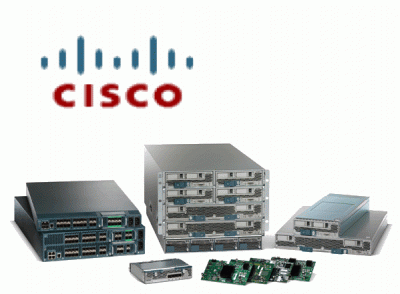Cisco Unified Computing System Review

For IT managers who must pay attention to both virtual and physical resources, the Cisco UCS system is well worth considering
Administration of UCS Manager
The UCS Manager is built around a DME (Data Management Engine). Secure access to the UCS Manager is configured from the DME, and all changes to the UCS configuration are conducted as transactions to the DME.
I was able to set up roles that limited UCS Manager users to specific areas of the product interface, for example, access only to LAN functions and/or by organisational area, in my test case, eWEEK West. This compartmentalisation based on function or organisation makes the Cisco UCS suitable for use by organisations that provide multi-tenant services where operational separation is necessary.
While it was easy enough to back up the UCS Manager configuration, one of the weaknesses I found in version 1.0 is that the process must be kicked off manually. I would like to see an internal mechanism for scheduling configuration backups, and for these backups to be handled more gracefully. Currently, the backup overwrites the previous configuration.
Fortunately, everything that can be done in the UCS Manager GUI can also be done at the command line. I anticipate that most data centre managers will use the CLI to automate tasks such as configuration backup and other routine maintenance tasks.
Resource Pools—the Building Blocks
Cisco uses resource pools to great advantage in UCS Manager. The basic idea is to pre-position network and storage resources that hamper speedy hardware changes in the data centre. In practice, this meant that I created pools of MAC addresses and WWPN (World Wide Port Names) from which policy-driven tools called Service Profiles automated the creation of logical server entities in the UCS management domain.
In an actual organisation, these resource pools would be created in co-operation with network and storage engineers, so that when a Service Profile created a system that used one of these unique identifiers, it would be correctly configured to join the network or SAN resource.
During my tests, machines that I created using this method worked correctly. While it was just a matter of walking through a wizard to configure these tools, the underlying knowledge to correctly configure the pools means that only the most experienced IT staff should be involved in this part of UCS Manager set up.
Equipment—Real Physical Devices
The physical Cisco UCS devices are managed in the equipment tab, one of the chief features that enables a Cisco UCS installation to grow in size without adding much in the way of management overhead.
When I installed and removed physical server blades from the chassis, I could see the change reflected on the management screen. I was able to monitor power supplies, fans, and temperature and power consumption from the UCS Manager interface. If a subsequent chassis was added, it would be managed in the same screen without adding another management IP address.